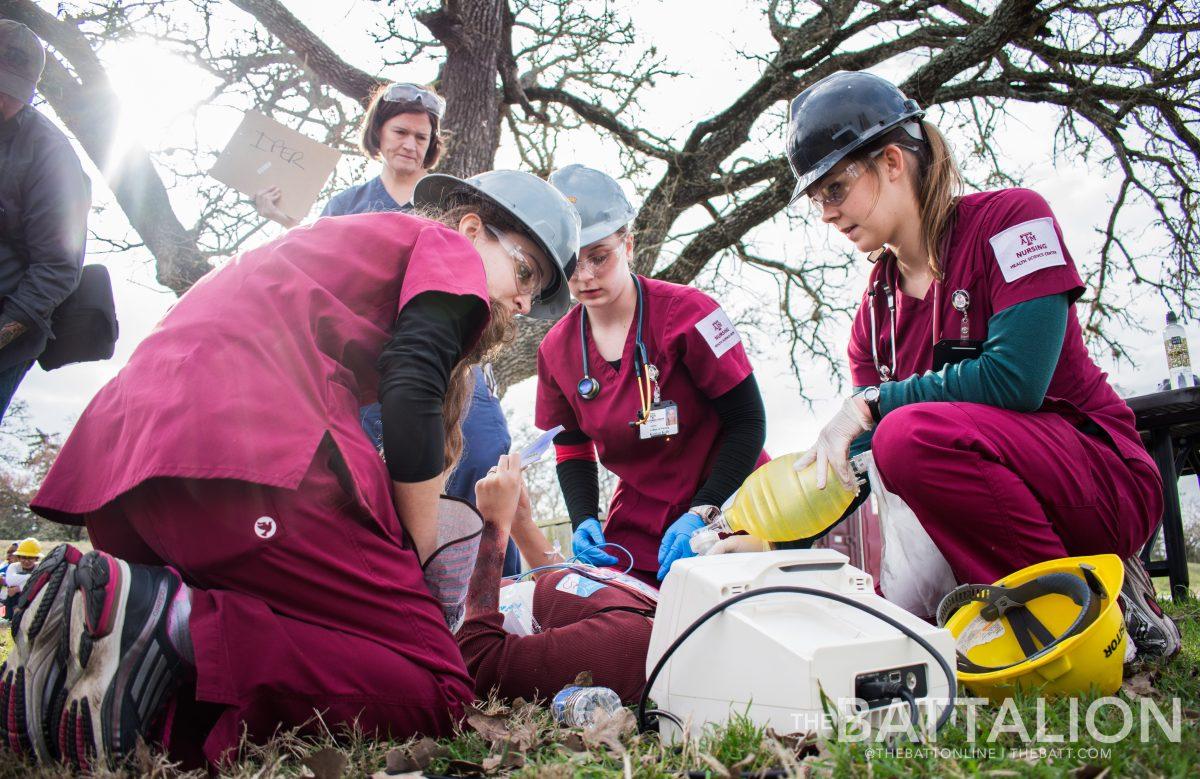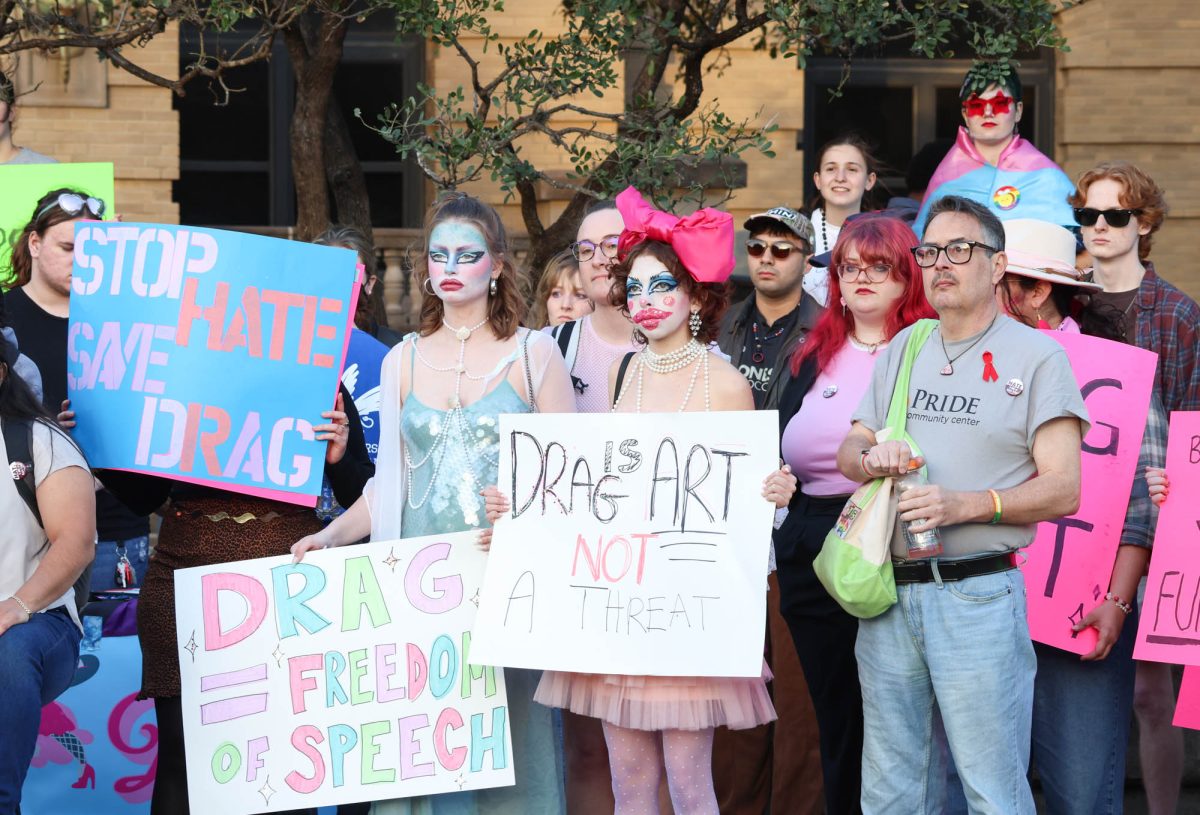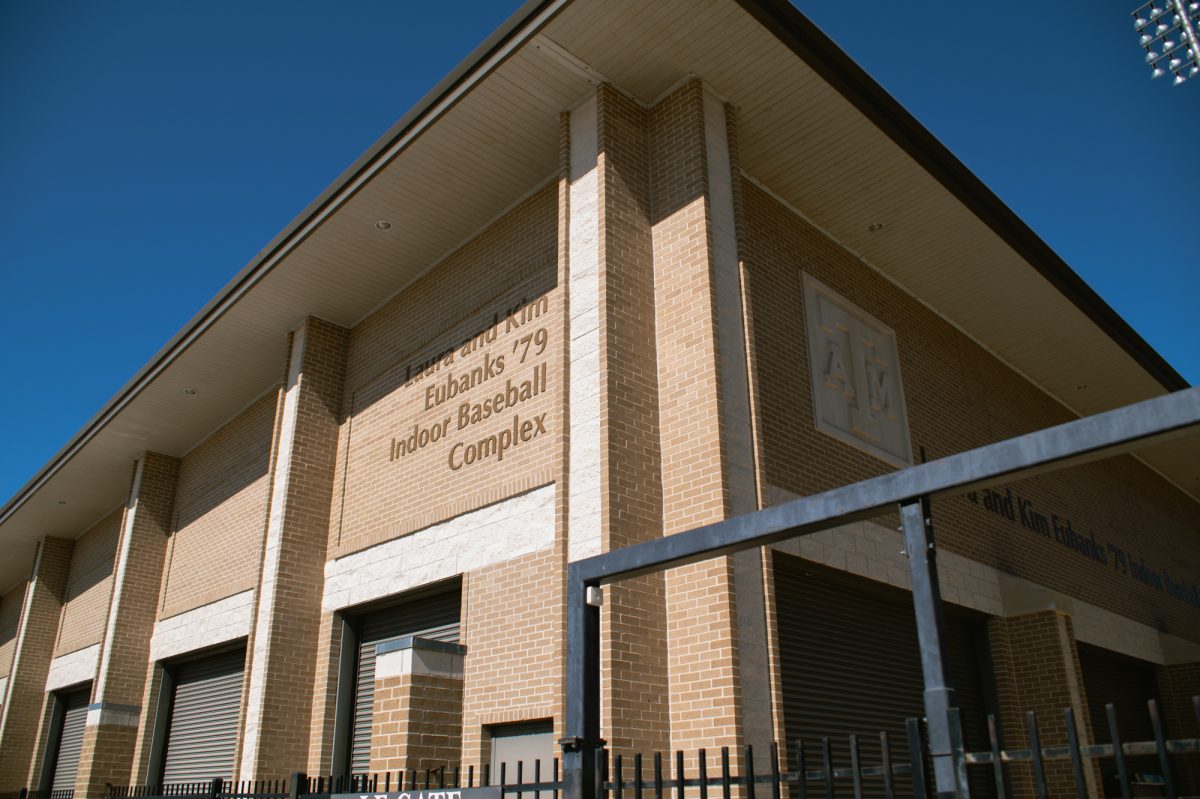Trails of smoke waft up from Disaster City in College Station. Hundreds of students run around collecting their peers from the smoke, performing emergency medical and pharmaceutical practices and public health students respond to concerned citizens over the phone. However, this fire was set by trained fire officials and the students are wearing stage makeup to mimic real injuries for their peers to practice on.
Disaster Day is a full-stage emergency response simulation that will take place on Friday, March 3, for the students of Texas A&M Schools of Dentistry, Medicine, Nursing, Pharmacy, Public Health and Veterinary Medicine & Biomedical Sciences along with Athletic Training and Counseling Psychology in the College of Education. This is Disaster Day’s 15th annual disaster simulation and was started by the A&M College of Nursing in 2008 to practice giving emergency and trauma care to patients. Since then, Disaster Day has grown to become the largest student-run emergency response simulation in the country and is run through the A&M Health Office of Interprofessional Education and Research.
Texas A&M Executive Director for Interprofessional Education & Research Christine Kaunas said her office runs the large event each year for students to be more prepared in their career fields.
“Texas, along with California and Florida, lead the nation in natural disasters,” Kaunas said. “It’s important that students are able to respond when the state calls. Given the number of disasters we have here, they need to have at least been exposed to it during their education so they can respond accordingly.”
Every year, Disaster Day takes place at the world renowned Disaster City in College Station. Disaster City is over 52 acres of land that is equipped with different disaster scenarios like train crashes, plane rescues and wildfires for emergency responders to practice with in real time, Kaunas said.
“Realism comes with having field hospitals made of tents, austere supplies, crushed buildings and overturned trains,” Kaunas said. “We can really provide the students with the feeling of being in the middle of a crisis.”
Although Disaster Day is partly about giving students practice with their professions in a real-time crisis situation, Kaunas said that, more importantly, it teaches students about working with other professionals during a highly stressful time.
“Through the science of teamwork, we have learned that there are better patient outcomes when our teams are effective and efficient and not just groups of professionals working together,” Kaunas said. “There is a difference between a group and a team.”
Along with the 650-700 estimated student participants for Disaster Day 2023, there are over 20 faculty and staff on the steering committee and over 50 students on the student planning committee. Public health sophomore Ian Vaughn is a member this year on the 2023 Disaster Day student planning committee and said he has enjoyed his experience helping plan a large event.
“On the student planning committee, I work on an interprofessional team within the Health Science Center,” Vaughn said. “We work to give people real life and tangible skills to use in the workplace. Things like interprofessional teamwork, applying what they are learning in the classroom in a real life setting and other applications.”
The steering and planning committee for Disaster Day 2023 has made a lot of changes from the last annual Disaster Day, Kaunas said. This year, Disaster Day 2023 is working with the military and the Texas A&M Engineering Extension Service, TEEX, emergency response training program to coordinate an air mission rescue with a Critical Care Air Transport Team, CCATT, during the disaster simulation.
“This provides the students with an opportunity to practice patient handoffs, to see how critical care teams work in the military and to see how the military is deeply involved in disaster response,” Kaunas said.
Vaughn and public health sophomore Abby Nitsch, who were participants last year, reflected on their previous experience and how it impacted them. Vaughn and Nitsch were both placed in the emergency operations center during the event in 2022, and Nitsch said it helped her feel better prepared.
“I gained a realistic perspective on what my major [public health] can actually do in an emergency and how it can help,” Nitsch said. “I am in the disaster response class now, and it was great to get hands-on experience beforehand.”
Disaster Day 2023 is said to have the biggest turnout yet for the annual disaster simulation. Hundreds of students will gather in a month to be able to problem solve a new emergency response simulation and coordinate their respective professional skills.
“It really tests your creativity skills to problem solve in such a free-form way,” Vaughn said. “Being under that panic and pressure, allows people in a safe space and training environment to recognize what a disaster situation could be like in the real world.”










